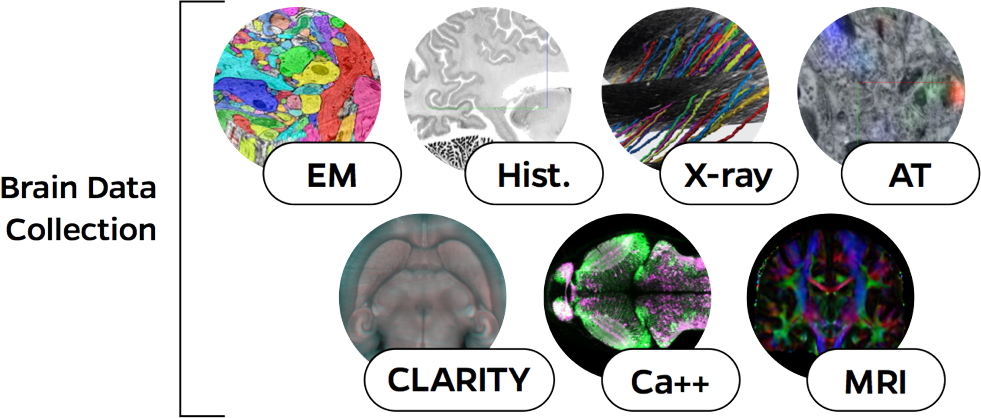For the first time, researchers at The Rockefeller University have managed to study how brain cells in mice interact as the animals move about freely in their environment. The findings through this method — recently published in Nature Methods — could someday be relevant to humans, allowing us to better understand causes of brain disorders such as autism and schizophrenia.
As part of the study, researchers attached a tiny microscope weighing about four grams to a mouse’s head to examine how neurons in the brain interact as the animal moves. The microscope had specialized lenses that allowed it to capture images from multiple angles and depths on a sensor chip. These images produced a 3D record of neurons that blinked on and off as they communicated with each other through electrochemical impulses, as reported in a Rockefeller University press release. “Until now, no one has been able to detect how these different neurons, which can be located at different depths within a volume of brain tissue, dynamically interact with each other in a freely moving rodent,” says Alipasha Vaziri, an associate professor at the University. Vaziri also led the technology’s development as head of the Laboratory of Neurotechnology and Biophysics.
The researchers then developed a computer algorithm to process the raw data — a challenging feat as the data were largely comprised of opaque brain tissue.
“Vaziri’s lab has previously applied this algorithm, known by the acronym SID, in studies in which the heads of the mice were secured in a fixed position,” reports Rockefeller University. “Their latest research is the first to demonstrate that these inventions can be used together with a tiny microscope called the Miniscope, developed by a collaborating team at the University of California Los Angeles, to measure neuronal activity volumetrically in unconstrained animals.”
Read the study.

